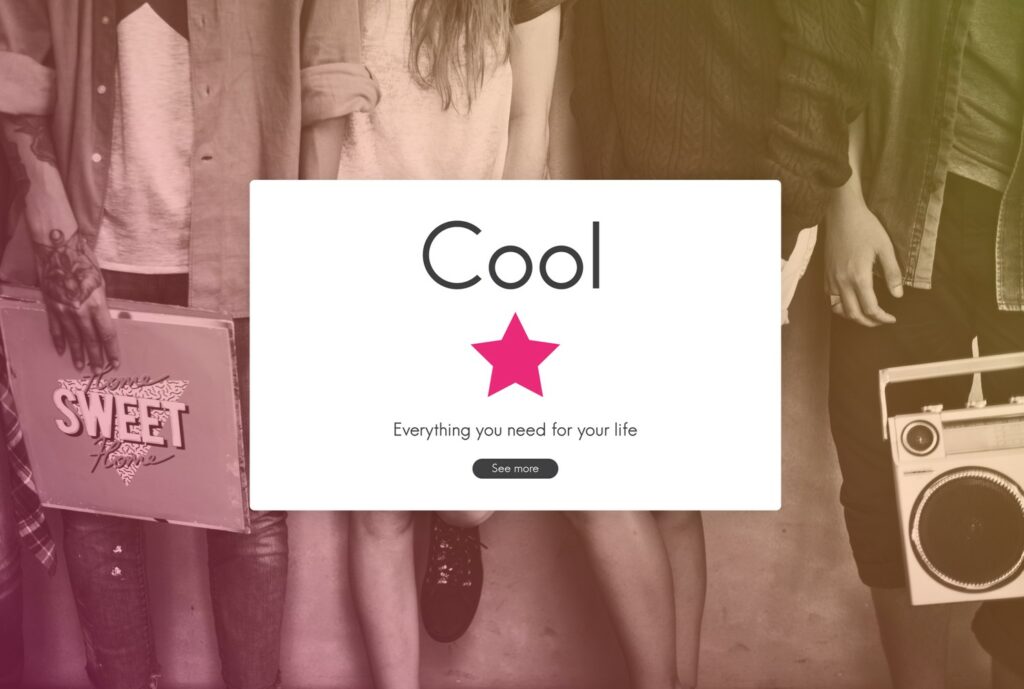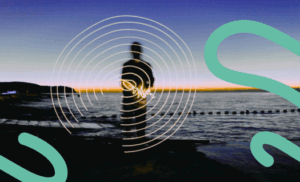Landing pages are an important tool for any digital strategy. They are the entry point to the site and the starting point for converting visitors into customers, capturing leads (qualified business opportunities) or generating subscriptions to a certain content, among other things. However, not all landing pages achieve their goal.
Why are some landing pages successful and others not? The difference lies in their design and optimisation. If you want yours to be effective and contribute to increase your conversion rate, follow these eight essential keys.
1. Use a clear and attractive title
The title is the first thing the user will see and should immediately grab their attention. It should be short, direct and communicate the main benefit of the offer. If the visitor does not understand in seconds what the page is about, he or she will most likely abandon the page.
For example, if instead of ‘Download our ebook’ you write ‘Find out how to double your sales in 30 days with our free ebook’, you put the focus not on the concrete action, but on the expectation of what you can achieve or how to solve a problem.

2. Add a subtitle that reinforces the value proposition
The subtitle is the complement to the title and goes underneath it. It is obvious. It should expand the information without being too long. Its function is to motivate the user to continue exploring, often with a more concrete description of what they are going to find next. Following the same case as before, we could add something like: ‘A practical guide with proven strategies to increase your income without spending more on advertising’.
3. Apply a visible and persuasive call to action (CTA)
The CTA (call to action) or call to action is usually a button or link that guides the user towards the event that we are going to count as a conversion (filling in a form, writing an email, opening a web page…). The CTA is really an invitation to carry out a specific dynamic. It must stand out visually and use clear action verbs.

For a good call to action, you should remember that using effective practices will prevent your landing page from not generating results:
- Use contrasting colours to make the button stand out.
- Write specific messages such as ‘Sign up for free’, ‘Download now’ or ‘Request a demo’.
- The call to action should be located in a visible place without the need to scroll.
Pages with well-optimised CTAs can increase conversions by up to 121%.
4. Keep the design clean and straightforward.
A landing page should be visually appealing, but without distractions. Minimalist design helps the user to focus on the main action without unnecessary elements.
What do you need to consider?
- Use white space appropriately.
- Use readable fonts and a clear content hierarchy.
- Avoid distracting navigation menus.
5. Use attention-grabbing visual content
Images and videos can significantly increase the conversion rate if used correctly. An explanatory video or high-quality product images can reinforce the value proposition. So, if you are selling a software solution, multimedia content showing the interface and how it works in action will build trust and reduce uncertainty.
6. Include reviews and testimonials
People trust other people more than the brand itself. Including customer reviews, case studies or logos of companies you have worked with reinforces the credibility of the landing page. ‘More than 10,000 satisfied customers have increased their conversions with our method’, accompanied by a real testimony, contributes to generate trust, because you transmit that others before a potential customer have verified the success of your proposal.
7. Optimise for mobile devices
More than 50% of web traffic comes from mobile devices, so a landing page that does not look good on these devices will lose many opportunities. Remember these tips:
- Apply large, easy-to-touch buttons.
- Include a short and well-structured text.
- Use images optimised for fast loading.
8. Make sure that the loading speed is high.
A slow loading time can cause users to abandon the page before it finishes loading. It is estimated that more than 40% of users abandon a site if it takes more than 3 seconds to display on the screen.
How to improve speed? Here’s how:
- Compress images without losing quality.
- Minimise the use of unnecessary scripts.
- Use fast and reliable hosting.
A well-optimised landing page can make the difference between a successful campaign and one that fails to deliver results. By applying these eight keys, you can improve the conversion of your site and maximise your return on investment.
Always remember to analyse user behaviour with tools such as Google Analytics to make continuous improvements.
Now that you know the secrets of an effective landing page, are you ready to tackle yours?










